提供高品质照明设备的超高显色性LED SEP1A系列
Sanken's LEDs Will Let Your Lighting Fixtures Achieve Performance Same as AAA Fluorescent Lamps for Color Evaluation
Introduction Video: Ultra-high CRI LEDs (1 min 54 s)
The SEP1A series is high color rendering LED devices that have performance quality defined by not only the average color rendering index, Ra, but also the special color rendering index, Ri. By using our LED devices, you can realize lighting equipment with the same performance as color rendering AAA fluorescent lamps commonly used for color evaluation.
The SEP1A series, developed with our own color rendering enhancement technologies, can maintain the industry’s highest(1) luminous efficacy while achieving high color rendering. This leads to the energy-saving effect(2) over 2 times higher than color rendering AAA fluorescent lamps. According to these advantages, you can also use them as light sources for lighting equipment which require high color rendering such as task lighting, museum lighting, and so on.
In addition, our LED devices suppress ultraviolet components and thus promise preventive effects against discoloration of exhibits.
(1) Based on our survey as of March 28, 2022.
(2) Depends on the designs of lighting fixtures.
Features
- High color rendering to faithfully reproduce true colors
CCT of 5000 K: Ra = 95 (typ.), Ri = 90 (typ.) - Customizable from a wide range of CCTs: 2700 K to 12000 K
- High luminous efficacy (142 lm/W)
Package
- Dimensions (L×W×H):2.8 × 3.5 × 0.7 mm
Image: Physical dimensions (.png) - Bare lead frame: Pb-free
- Highly heat-dissipating: θ(J-S) = 25 °C/W
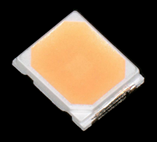
Applications
- For ceiling lights, downlights, indirect lighting, etc.
Household lighting, office lighting, commercial lighting - For industries incl. textile, printing, manufacturing, etc.
Inspection lighting, evaluation lighting - For shooting light sources etc.
Floodlights, ring lights
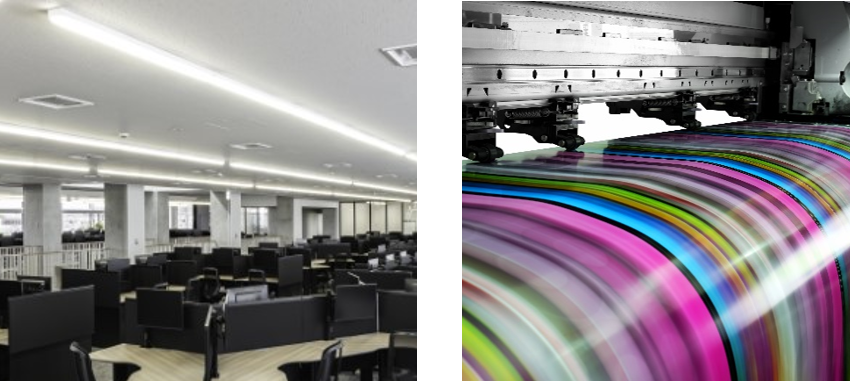
SEP1A Series
(Condition: IF = 50 mA, TA = 25 ℃)| Part Number / Data Sheet | Color Temp. CCT (Typ.) | Luminous Flux Φv (Typ.) | Luminous Efficacy η (Typ.) | Fwd. Voltage VF (Typ.) | Avg. Color Rendering Index Ra | Sp. Color Rendering Index Ri |
|---|---|---|---|---|---|---|
| SEP1AQ1L92LL | 5000 K(3) | 22.0 lm | 160 lm/W | 2.75 V | ≥95 (3) | ≥90 (3) |
| SEP1AQ1L92SS | 18.0 lm | 120 lm / W | 3.00 V |
(3) Refers to the characteristic value when the two LEDs are used in combination; equivalent to the High Color Rendering Type AAA, Class 4, defined in JIS Z 9112.
If you need to request samples or have any questions, please feel free to contact us using the form below.
Ultra-high Color Rendering Enhancement Technologies Used in Our LEDs
Figure 1. Spectra of Reference Light Source vs. White LED
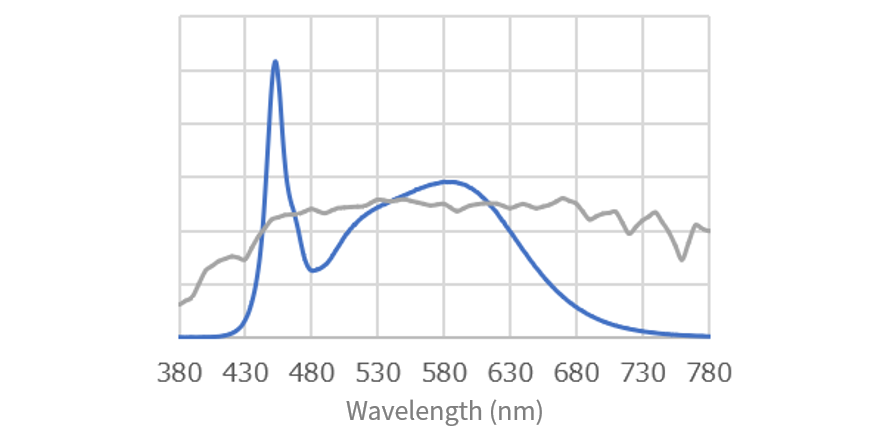
Figure 2. Color-matching Functions
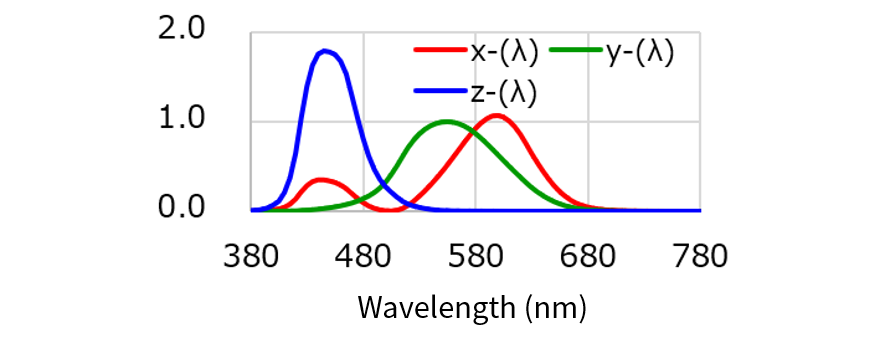
Figure 3. Difference in Color Rendering Enhancement Methods
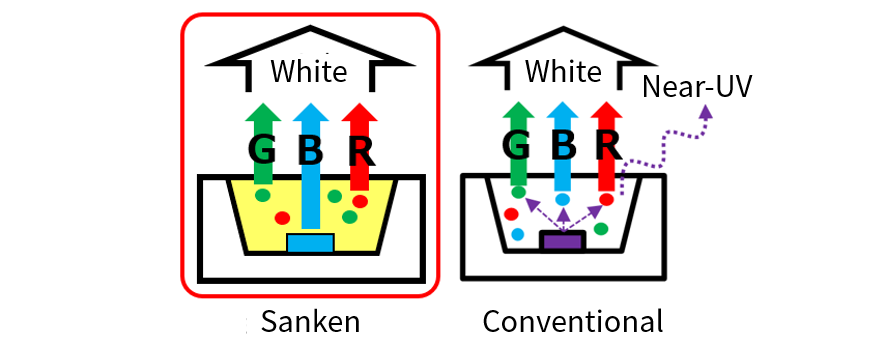
There is a trade-off between color rendering and luminous efficacy.
For example, the reference light source equivalent to sunlight (Figure 1) can yield higher color rendering with its flattened spectrum. Which means, however, it requires many types of phosphors to do so. The more the phosphor types are used, the less the light conversion efficiency becomes, thus resulting in lower luminous efficacy.
To improve this trade-off, we have developed the following technologies:
- By adding the algorithms of the color-matching functions (Figure 2) that represent human color perception to our simulator, we optimized excitation lights and the compositions of phosphors. This allowed us to improve the trade-off between color rendering and luminous efficacy.
Ultra-high color rendering that brings in excellent CRI scores including Ri and comes in wide-range color temperatures
CCT of 5000 K: Ra ≥ 95, Ri ≥ 90
CCT of other values: Ra = 90 (typ.), Ri = 90 (typ.) -
By using blue LED chips with long wavelengths for excitation lights, we finally raised the light conversion efficiency in the phosphors used. We also utilized the transmitted lights to yield higher luminous efficacy.
142 lm/W
This long-wavelength blue LED chip strategy also have succeeded in suppressing ultraviolet components. With the UV-component-suppressing effect, our LEDs can emit the lights that prevent exhibits from discoloring (Figure 3).
LEDs Attained to the Standards Recommended by the Domestic Printing Society—Ideal Color Rendering for Color Evaluation
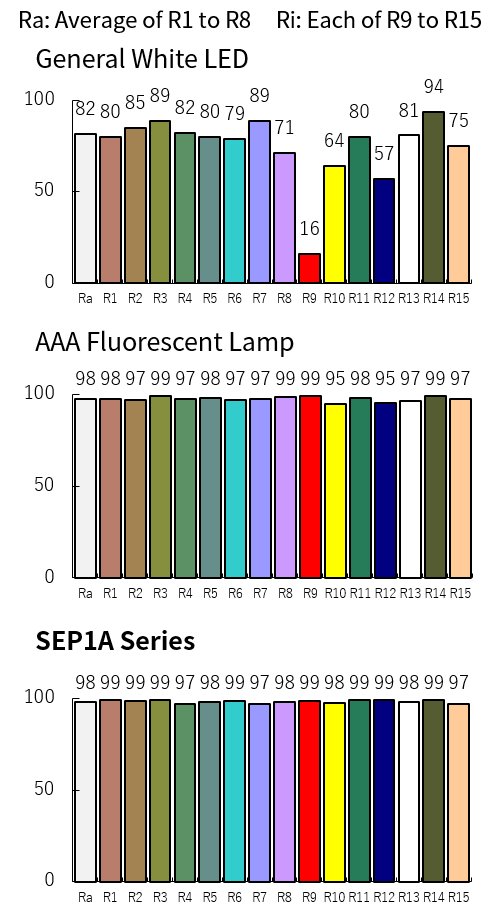
Color rendering describes how a light source can render colors appear when it illuminates an object.
A color rendering index (CRI) is the metric to measure this color rendering performance.
A CRI score represents the color appearance when an object is lit by sunlight (i.e., reference light source) on a scale of up to 100. And there are two types of CRI: Ra, average color rendering index, determined by the average value of neutral-color-based test color samples (R1 to R8); Ri, special color rendering index, determined by each value of test color samples including primary colors (R9 to R15).
In general, the CRI score is expressed by a Ra value; however, even with high Ra values, most light sources have less color reproducibility due to their low Ri values (the primary-color-based metric). For this reason, we sought the way to bring out higher Ri values in the SEP1A series.
Our efforts on the SEP1A series then turned out to be extremely great—Ra of 95 (typ.) and Ri of 90 (typ.)—high color rendering.
In addition, they satisfied the standards recommended by the Japanese Society of Printing Science and Technology and got high enough levels as well as color rendering AAA fluorescent lamps (see the table below), which are commonly used for color evaluation.
So, our LED devices will best suit a light source for color inspection as they faithfully reproduces a wide range of colors, including primary colors.
Measured Value Comparison: JSPST*-recommended Std vs. AAA Fluorescent Lamp vs. SEP1A Series

Ultra-high Color Rendering and High Efficiency—Applicable to Color Inspection Lighting
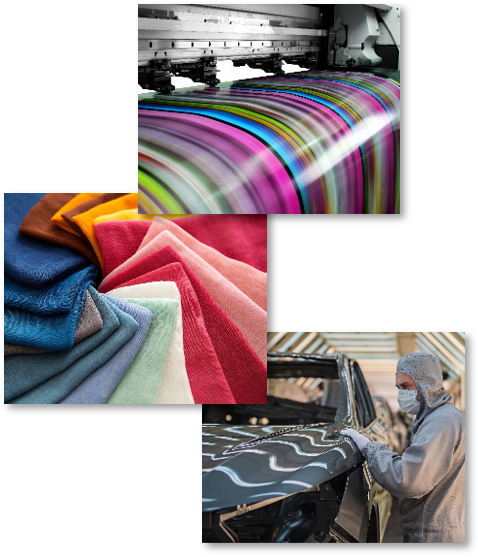
With the characteristics attained to the standards recommended by the Japanese Society of Printing Science and Technology, the SEP1A series enables you to realize an LED-based lighting system, in which color rendering AAA fluorescent lamps have typically been used for color evaluation.
Having a luminous efficacy of 142 lm/W, the SEP1A series also offers you an industry-leading performance(1) and contributes to the energy-saving effect(4) over 2 times higher than the color rendering AAA fluorescent lamps.
For the light sources used in inspection environments such as color evaluation—where color reproducibility plays a key role—our LEDs will be your best possible choice.
(4) Depends on the designs of lighting fixtures.
Color Appearance Comparison: AAA Fluorescent Lamp vs. SEP1A Series

Near-natural but Discoloration-proof Light—Applicable to Exhibition Lighting
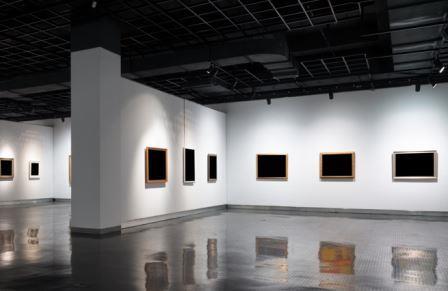
A short-wavelength blue component contained in a color rendering AAA fluorescent lamp can induce exhibits to discolor.
In contrast, the SEP1A series employs the long-wavelength blue LED chips through our own color rendering enhancement technologies. This helps our LEDs remain at high color rendering and emit a discoloration-preventive light.
You will easily see how our LEDs outperform when they are applied to the lighting equipment for exhibits like photographs and artworks. They can not only reproduce the true colors of exhibits faithfully but also prevent discoloration more than any of color rendering AAA fluorescent lamps.

If you need to request samples or have any questions, please feel free to contact us using the form below.
Related Articles
▶对应现场[想做这样的产品]的定制开发Sanken’s own color-tuning technology is here for custom LEDs best suited to your needs.
